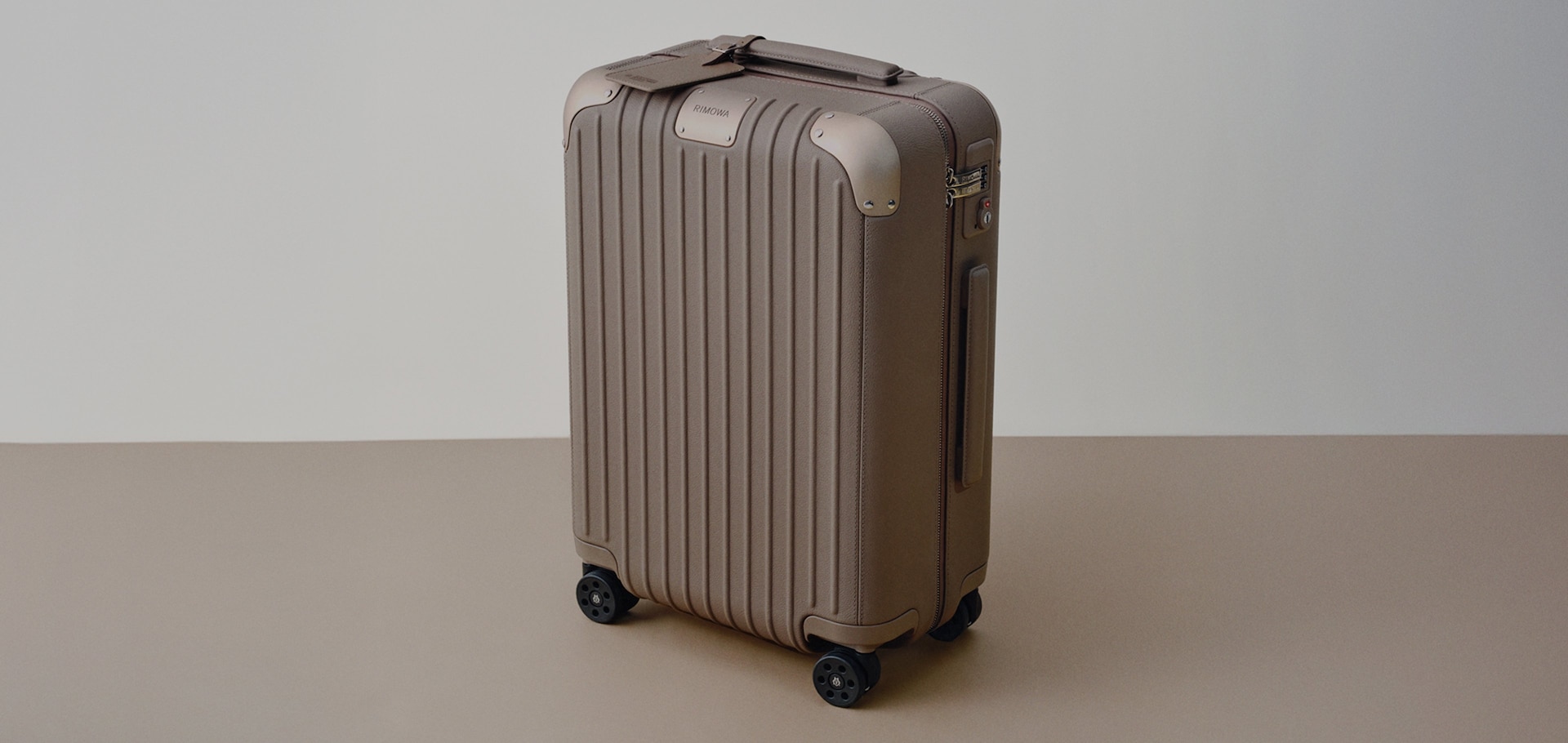Your Shopping bag
YOU MIGHT ALSO LIKE
Accessorise your RIMOWA with stickers, luggage tags and more.
Total (0 items)
0,00 €
Be advised that changing your location will remove the contents from your bag.
Asterisk, Unfortunately, we do not currently offer online shopping in these locations.

